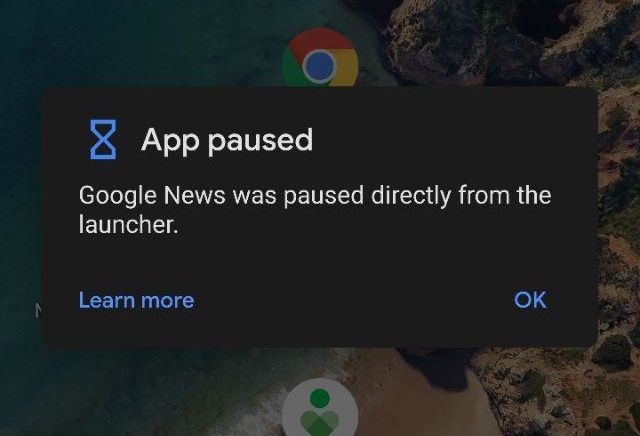Google's Digital Wellbeing functionality was announced as part of Android Pie's beta in order to fight smartphone addiction. With Digital Wellbeing, you can see an overview of your app usage, number of times you have unlocked your device, number of notifications received, a detailed dashboard with data on a per-app basis, and more. You can even set timers to control the amount of time you spend on an app -- once you cross that limit, the app is "paused" and you will be unable to access it until midnight (or until you manually dig through the settings and unpause it).
With Android Q, Google will be allowing third-party launchers to integrate Digital Wellbeing-like functionality within themselves. Google is now also testing direct Digital Wellbeing integrations within the Pixel Launcher on Android Q. Since the feature is in testing, it is not yet available generally across all installations. With assistance from XDA Recognized Developer Quinny899, we activated the Digital Wellbeing integration on a Google Pixel 2 XL running the Android Q Beta.
From the homescreen directly, we can now pause apps, which greys out the app icon, locks us out of the app and does not let it open. This is different from the timer functionality since you do not need to add usage time period as a condition to pause the app -- you can just directly pause any app. Unpausing the app is not as direct and requires a few more clicks.
The focus of Digital Wellbeing is more on self-control and realizing the fact that you may have a problem, and not absolutely locking out the user from using their phone and favorite apps, so this setup feels justified. The app is expanding to more and more devices, and we expect to hear more about the app and the initiative at Google I/O 2019.

